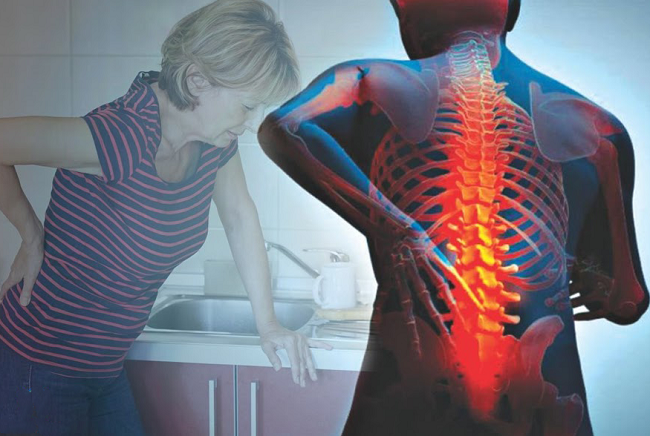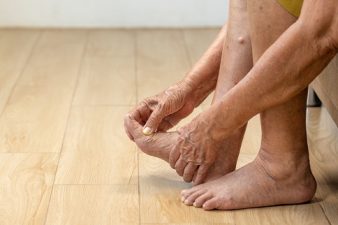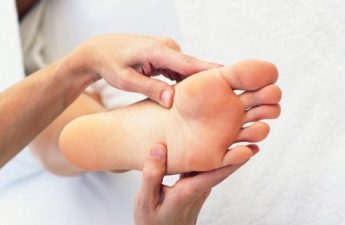As we navigate through the journey of life, our bodies experience wear and tear, and our spine is no exception. Lumbar spondylosis, a term synonymous with age-related changes in the lower spine, is a condition many encounter as they age. Using the provided keywords, we’ll explore the depth and breadth of lumbar spondylosis, its diagnosis, and its management.
1. Can Lumbar Spondylosis Be Cured?
While lumbar spondylosis is a degenerative condition and cannot be entirely reversed, its symptoms can be managed effectively. The focus is usually on pain relief, improving mobility, and enhancing the quality of life.
2. Lumbar Spondylosis X-Ray
An X-ray is a primary diagnostic tool for lumbar spondylosis. It provides a glimpse of the vertebral structure, revealing narrowing disc spaces, bony outgrowths (osteophytes), and any other spinal abnormalities.
3. What is the Best Treatment for Lumbar Spondylosis?
Treatment is multifaceted, involving:
- Medications: Pain relievers, muscle relaxants, and sometimes injections.
- Physical Therapy: A cornerstone for managing symptoms and improving mobility.
- Lifestyle Changes: This might involve weight management, posture corrections, and ergonomic modifications at work.
- Surgery: Reserved for severe cases where conservative treatments fail.
4. Lumbar Spondylosis Surgery
Surgery is considered when there’s significant nerve compression causing pain, weakness, or numbness. Common procedures include laminectomy (removal of the back part of the vertebra) and spinal fusion.
5. Lumbar Spondylosis Physical Therapy
Physical therapy offers exercises tailored to strengthen back muscles, improve flexibility, and enhance spine stability. Regular sessions can significantly aid in symptom relief.
6. Exercises for Lumbar Spondylosis
Common exercises include pelvic tilts, partial crunches, hamstring stretches, and wall sits. It’s crucial to consult with a therapist to ensure exercises are done correctly.
7. Yoga for Spondylosis Lumbar
Yoga can offer both physical and mental relief. Poses like the Child’s Pose, Cat-Cow Stretch, and the Bridge Pose can be beneficial. However, always consult with an expert before starting a yoga regimen.
8. Best Medicine for Lumbar Spondylosis
Nonsteroidal anti-inflammatory drugs (NSAIDs) like ibuprofen are commonly prescribed. Depending on pain severity, other medications like muscle relaxants or even opioids may be considered. It’s essential to use them under strict medical guidance.
9. Lumbar Spondylosis Exercises to Avoid
Avoid exercises that put excessive strain on the lower back. This includes heavy weightlifting, full sit-ups, leg lifts, and any exercise causing pain or discomfort.
In Conclusion, lumbar spondylosis, though a degenerative condition, doesn’t spell the end of an active life. With proper knowledge, care, and timely intervention, it’s possible to lead a life that’s both active and fulfilling. Always collaborate with healthcare professionals to tailor the best approach for you.










